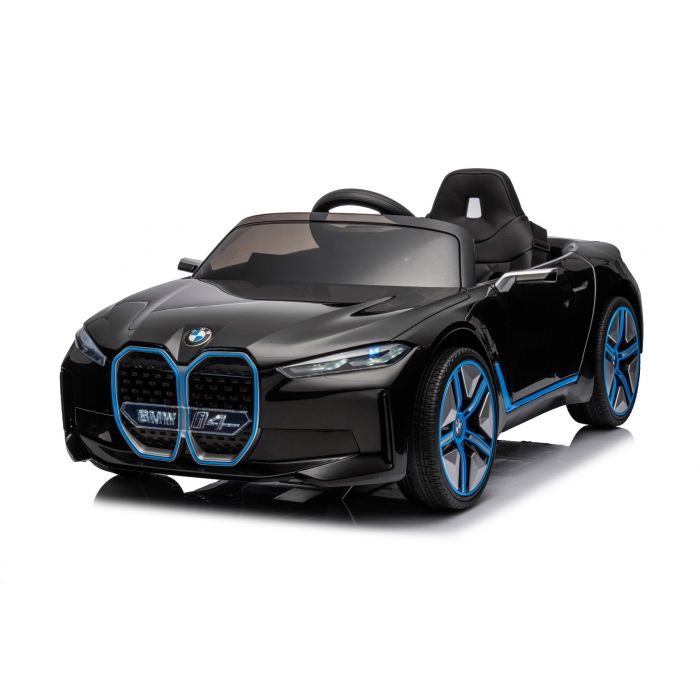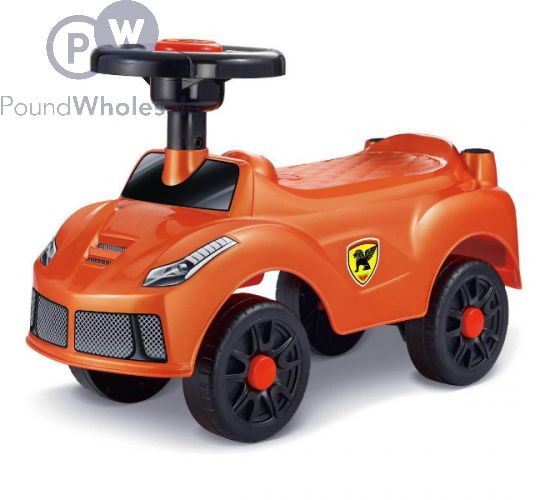Handy News To Picking Electric Kids Cars
Handy News To Picking Electric Kids Cars
Blog Article
What Safety Features Of A Ride-On Vehicle Should I Consider? Pros And Cons
To ensure your child's safety, you should consider the following options. Here are some essential safety features to consider, along with their pros and cons Seat Belts -
Pros The benefits of seat belts include an excellent option to ensure your child is safe in their ride-on car. They decrease the likelihood of him slipping out of the play area or getting removed from the car. Seat belts provide an additional layer to protect your child during turns and sudden stops.
Pros - Not all ride-on automobiles have seatbelts. This includes the ones that are designed specifically for young children. Seat belts may be uncomfortable to youngsters and make them resist wearing them.
Sturdy Construction
Pros: A durable ride-on car made of high-quality components will last for longer and be less likely to break. This ensures the safety and security of your children. It can stand up to the stress of the game and ensure stability when used.
Cons - The expense of a sturdy construction can be high, making them unaffordable to many families. Additionally, heavier materials may affect the portability and maneuverability of the ride-on automobile.
Low Center of Gravity
Pros: Cars that have low centers of gravity have a lower chance to tip over which decreases the likelihood of injuries or accidents. They offer greater stability and stability, especially when turning or performing maneuvers.
Cons - Certain ride-on cars with a lower center of gravity may sacrifice ground clearance or off-road capabilities which limits their use in certain conditions.
Remote control for parents
Pros: Remote-controlled cars allow parents to monitor and supervise their children's play, providing an extra layer of supervision and security. Parents can help prevent collisions, help in an emergency situation, or navigate through difficult terrain.
Cons Parents who control their children's remotes could restrict the independence and autonomy of children as they depend on their parents' assistance and supervision in play. Additionally, remote-controlled cars may cost more than manual versions.
Speed Limiters
Pros- Ride-ons with speed limiters as well as adjustable speed settings let parents decide on the maximum speed for their car. This helps reduce the risk of an accident or collision. They are able to increase the speed gradually as the child grows confident and acquires the skills.
Cons - Some children may outgrow the lower speed settings quickly, leading to frustration or discontent with the ride-on cars. Also, speed limiters might not be available on all models, or require additional features or other accessories.
Safe Start Technology -
Safe start technology reduces the chance of sudden lurches and jerks which could startle or destabilize a child. It provides an easier and safer riding experience.
Pros - Cars with ride-on features such as safe start technology could be more costly than standard models that do not have this feature. Moreover, some children might feel that slow acceleration and deceleration are not as entertaining or enjoyable than rapid beginnings and stops.
Visibility Enhancements -
Pros - Ride on vehicles that feature visibility enhancements, such as working taillights, headlights, or reflective material improves visibility, particularly in dimly lit areas or low-light conditions. These vehicles improve safety because they make the vehicle noticeable to pedestrians and vehicles.
Cons - The addition the features that allow for visibility could make it more difficult for battery to drain or within the design of the ride-on car. These issues can cause problems or problems with maintenance.
Think about these security features, weigh their pros and cons and choose a ride on car that will prioritize your child's security while still providing an enjoyable and fun playing experience. Read the best kids ride on cars for site recommendations including toy toy cars, ride on car, remote control childrens electric cars, ride on car, childrens electric cars, toy cars toy car, kiddies cars, toy the car, electric ride on, digger ride and more. . 
What Are The Maintenance And Assembly Conditions For Children's Ride-On Cars?
For the best efficiency, safety, and long-term durability, kid's rides-on cars require some assembly. Here are some typical assembly and maintenance needs for children's ride-on cars:
Most ride on cars are not fully assembled when they arrive and require some sort of assembly. Connecting steering wheels, wheels seats, and other components as in accordance with the specifications provided by the manufacturer is usually required.
Follow the assembly instructions carefully, making sure that all parts are securely connected and aligned properly. Utilize the tools and hardware to complete the assembly.
Cleaning
The cars that ride on them must be cleaned regularly to ensure they look good and perform correctly. Use a soft sponge, or cloth that has been dampened with mild soap and water to clean the exterior surfaces.
Be aware of places that are prone to accumulation, such as the wheels, tires and undercarriage. To clean the grime and dirt that is difficult to remove brush or brush to access places that are difficult to reach.
Avoid using harsh chemical cleaners, abrasive chemicals, or high-pressure water sprays, since they could harm the paint or electronic parts of the ride-on vehicle.
Battery Care
If the ride-on car is powered by a rechargeable battery the proper care of batteries is vital to maintain performance and prolong battery life. Here are some tips on battery care.
Charge your battery fully before the first use, and then every time you make use of it, to ensure maximum running time.
Inadvertently charging the battery or leaving it connected for long periods can cause damage and shorten its life.
When not in use store the ride-on vehicle as well as the battery in a dry, cool location far from direct sunlight.
The battery terminals should be inspected periodically for signs of corrosion and damage. They can also be cleaned with a wire bristle or terminal cleaner when needed.
If the battery stops charging or displays signs of damage, replace it.
Tire Maintenance -
Check your tires regularly for signs like damage, wear or decrease in air. If necessary, inflate the tire to the recommended pressure using a bike compressor or pump.
Examine the tread pattern of your tires for obstructions and foreign matter that may cause flats or punctures. Replace or repair damaged tires if required. Clear obstructions.
Lubricate the axles, wheel bearings, as well as other components to ensure smooth and efficient rotation.
Sometimes, repairs or replacements are needed.
Even with routine maintenance, it is likely that vehicles with ride-ons will require repair or parts replaced because of wear and tear or accidents.
Watch out for signs of malfunction and deterioration like unusual noises, loss or power or unusual behavior. Contact customer service or refer to the manual of the manufacturer for assistance in troubleshooting.
To avoid further damage replace worn-out or damaged components as soon as you can to ensure the safety of your equipment and its functionality.
Following these assembly instructions as well as maintenance guidelines will ensure that your child is entertained for hours and safe playtime. Read the top rated find out more on Mercedes kids car for site examples including car electric ride on, childrens electric cars, toy car, remote control childrens electric cars, toy in car, kidscars, car electric ride on, childs car toy, electric car ride, childrens electric ride on and more. . 
What Types Of Childrens Remote-Controlled Cars Are There? What Are The Advantages And Disadvantages Of These Cars?
Remote control kids' cars are also referred to RCs or remote controlled cars. They come in a wide variety of styles, price points, and sizes to suit all budgets and tastes. Here's a rundown of the pros, pros, and dimensions of remote controlled children's cars.
Electric RC Cars - Battery-powered remote-controlled vehicles that are suitable for indoor and outdoor use. There are numerous types of RC cars available, such as buggies, trucks and sportscars.
Nitro RC Cars – Gas-powered remote-controlled cars that offer greater performance and speed however, more expertise and maintenance is required in order to operate. Electric RC cars are less bulky and cost less.
Scale Models (Remote-controlled replicas) - These are miniatures of real-life vehicles like airplanes, trucks or automobiles. Scale models can be found in various scales ranging from 1-10 up to 1-24. The larger scales provide greater detail and realism.
Sizes -
Remote control children's cars come in a range of sizes, ranging from tiny miniature models to huge-scale replicas. Size can influence the performance of a vehicle as well as its speed and its handling capabilities.
Micro-sized vehicles are small and light, which makes them ideal for indoor usage as well as younger children. The larger models provide more power and durability, making them ideal for off-roading and racing.
Prices
Prices vary depending on the dimensions, features and quality of construction.
Small electric RC cars range from $20 to $100, while larger-scale nitro and electric RC vehicles can cost between $100 and $500 or more.
Scale model cars and high-end hobby RCs can cost anywhere from a few hundred to over 1,000 dollars, depending on how detailed and powerful they are.
The Pros and Cons of -
Pros -
Adults and children will have endless hours of entertainment and fun through remote-controlled cars.
Learning. The operation of a RC vehicle lets children develop hand-eye coordination as well as spatial awareness and problem-solving abilities.
Social Interaction. You can take pleasure in the RC cars with your friends and family that encourage social interaction.
Customization – Many RC cars can be customized using aftermarket upgrades parts and accessories that enhance the performance and appearance.
Cons
Cost - A remote-controlled vehicle for children that has advanced features or hobby grade models can be expensive.
Learning Curve - Operating a RC car requires practice and ability, and younger children might be unable to master the task initially.
Maintenance is essential for RC car owners. They must regularly clean, lubricate, and make repairs or replace components.
Safety Concerns - RC cars can pose safety risks, including accidents, falls, as well as electrical dangers, if used responsibly and under adult supervision.
Remote control cars for kids can be a fantastic learning and entertaining experience. But, it's crucial to select the appropriate model based on factors like size, safety, cost and features. Hobby-grade RC automobiles are more suitable for older and enthusiast children however, simpler vehicles are ideal for children who are younger and beginner children. Read the best remote control childrens cars kidscars.co.uk info for website recommendations including electric ride along car, toy with car, remote control childrens electric cars, digger ride, car for toy, riding digger, childrens electric cars, digger ride, race car toy car, 2 seater electric cars and more. .